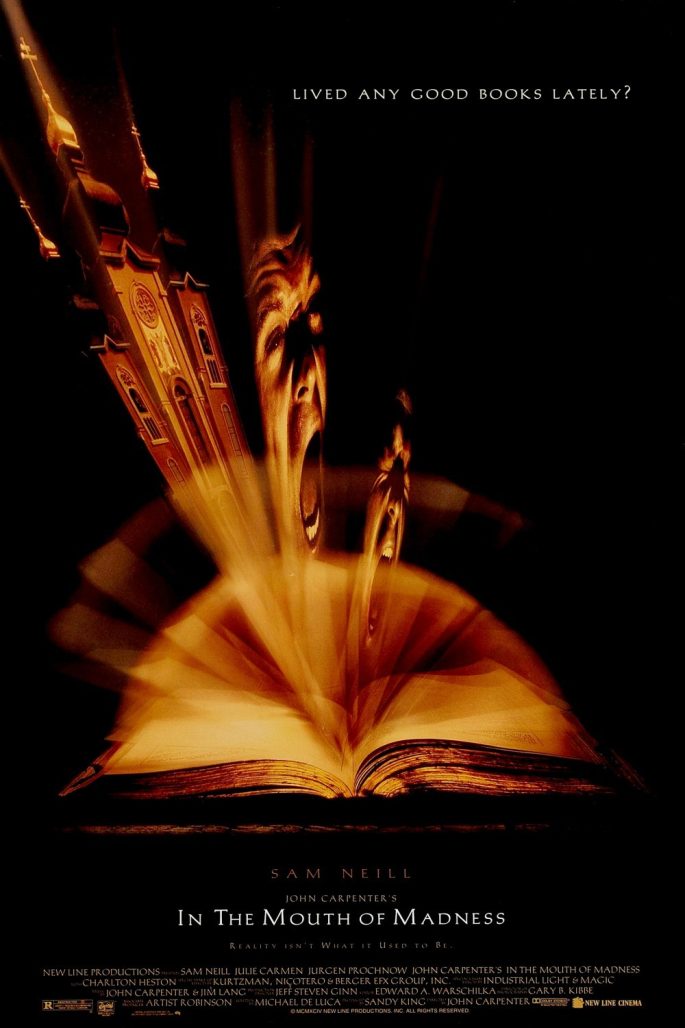
Then came In the Mouth of Madness (1994), my favorite John Carpenter movie. This one is all about the power of horror and how it can color reality based on how deep we go into its inviting darkness. It was a movie that spoke directly to me, asking me to bring every ounce of horror knowledge I had into it.
In the Mouth of Madness is a horror fan’s horror movie. The more experienced, well-read, and horror savvy the audience, the deeper it sinks its claws into them. It follows an insurance investigator called John Trent (played by Sam Neill) as he’s tasked with finding horror novelist Sutter Cane (Jürgen Prochnow). Cane’s books have an unsettling quality about them that infects his readers with the terrible things he puts in them. Trent must not only find Cane, but also bring back the manuscript for his latest book – the titular In the Mouth of Madness. Trent decides to search for the novelist in a place called Hobb’s End, a fictional town found in Cane’s books. And then the madness begins.
Horror aficionados get a lot to chew on early on. The story starts in a maximum-security mental institute with John Trent being dragged in against his will, a strong hint as to the overarching theme of the movie. Madness is at the forefront, accentuated by John drawing black crosses on his padded cell and on his body to ward off evil. It speaks to one of the film’s most obvious inspirations: H.P. Lovecraft. In fact, the movie’s title is a kind of play on one of Lovecraft’s novellas At the Mountains of Madness, in which a group of geologists find ancient lifeforms preserved in ice in an underground cave. The Cthulhu mythos is expanded upon and given more depth in this story.
Lovecraft’s stories tend to cast a wide net over things related to the fragility of reality and how quickly insanity can take over the mind once things of unimaginable horror appear before us. John Trent is the movie’s stand-in for all of this, a man that clings to the real in a way that reveals just how tenuous our hold over it truly is. In a way, he’s the perfect Lovecraft protagonist. He stands as a representative of the existential status quo Lovecraft relished shattering with his old gods. Sam Neill’s gradually manic performance cements this, showing how his character’s psyche unwilfully disconnects from reality. In the process, Neill pulls off some of the best screams in horror history.
Carpenter doesn’t just settle with Lovecraftian horror, though. Sutter Cane’s influence, his worldwide standing, carries hint of another of America’s supreme purveyors of the macabre: Stephen King. In the Mouth of Madness is as interested in horror’s capacity to create worlds fans can obsess over as it is in how it can also create zealots, devout readers and audiences that want nothing more than to idolize their favorite horror creators and consume all of their work religiously.
This isn’t to say the movie is arguing against fans, or that horror is a dangerous genre. On the contrary. It shows just how good the genre is at enthralling people given its ability to probe fear and go places society has deemed taboo. Carpenter frames horror here as a way of life of sorts, its authors and their audiences a part of a strange ecosystem in which terror is freely shared and play around with.
Stephen King is perhaps one of the best examples of this relationship, a writer that has a very public persona imbued with myths of its own (built up with a lot of help from his followers). His fame, his movie cameos, and his online presence have all contributed to him becoming a kind of horror character in his own right, a conjurer that lives in his own magical world along with vampires, child-eating clowns, and possessed cars. In this regard, Sutter Cane is as much Lovecraft as he is King. Horror fans versed in both writers will be able to more deeply appreciate the horror DNA that runs through it.
Lovecraft is no stranger to being mythologized as well. His place in horror (controversial though it may be due to his more racially charged writings) is also one that elicits myths and legends about his ability to tap into other dimensions to come up with a whole universe of monstrous beings with an ancient hold on the shape of reality. There’s a scene close to the end of the film where John is followed by an army of these creatures that stands as a visual treat for those well-versed, making the sequence even more unsettling.
This is how Carpenter honors those fans, by throwing them into a familiar horror world whose language is known to those who live, breathe, and bleed the genre. Being among them makes you feel like you’re part of an arcane community that’s being rewarded for its dedication to these dark lords of fiction. And as John Trent says in the movie about those that don’t read Sutter Cane: “there’s a movie.”
The genius of In the Mouth of Madness is that it doesn’t discriminate despite being steeped in lore taken from other authors. Those who don’t have as much horror baggage will still get to enjoy a story about a man coming face to face with a towering force of storytelling that can rewrite existence and shape it into whatever terrible thing he wants. Those in the know just have a few more tentacled toys to play with. What everyone will get from it, though, is a different and more layered appreciation of horror. You’ll probably end up reading more Lovecraft and more Stephen King as a result, but you will also start noticing the cracks in reality as only horror fans can.


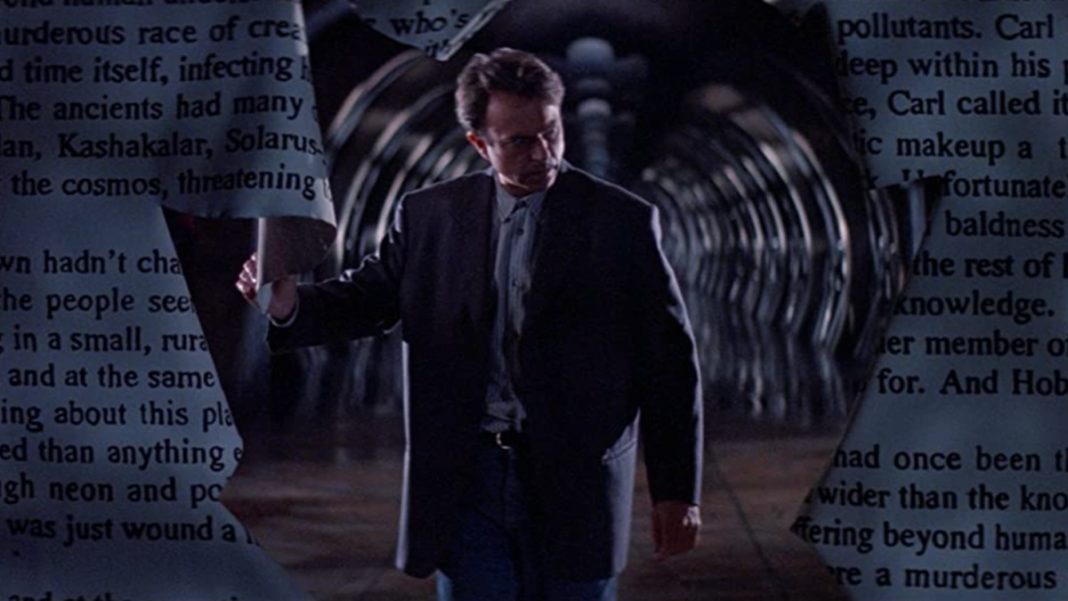
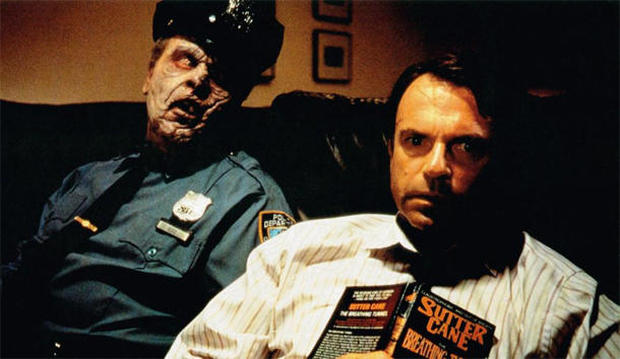
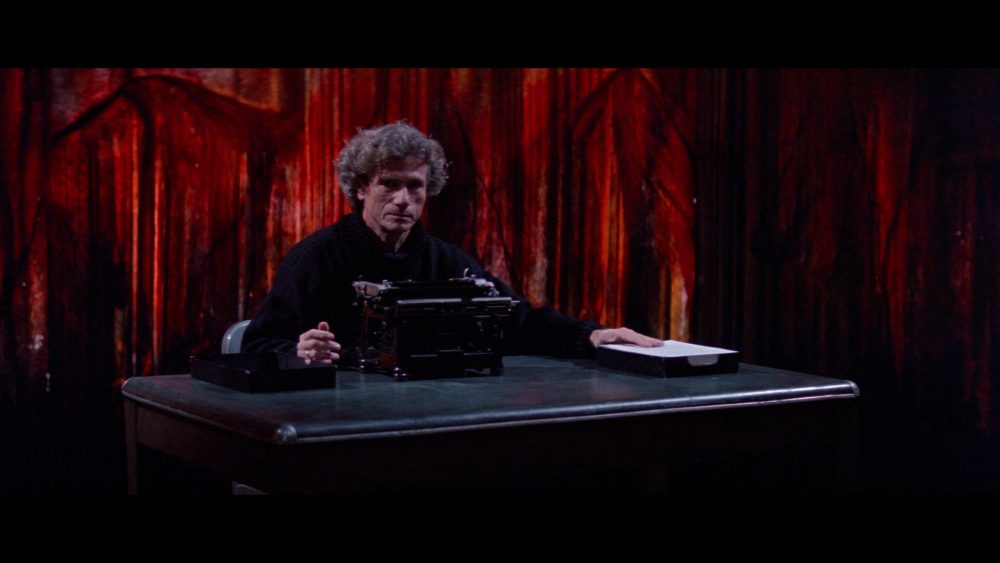
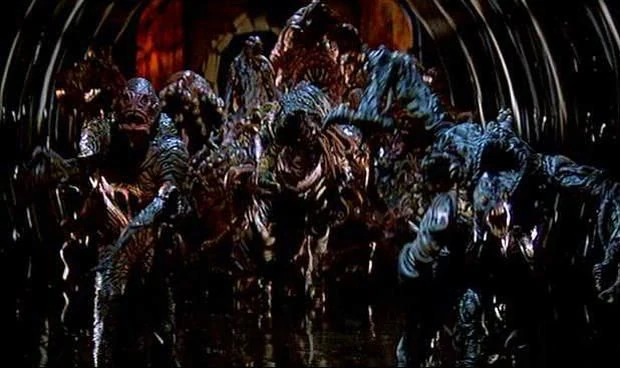
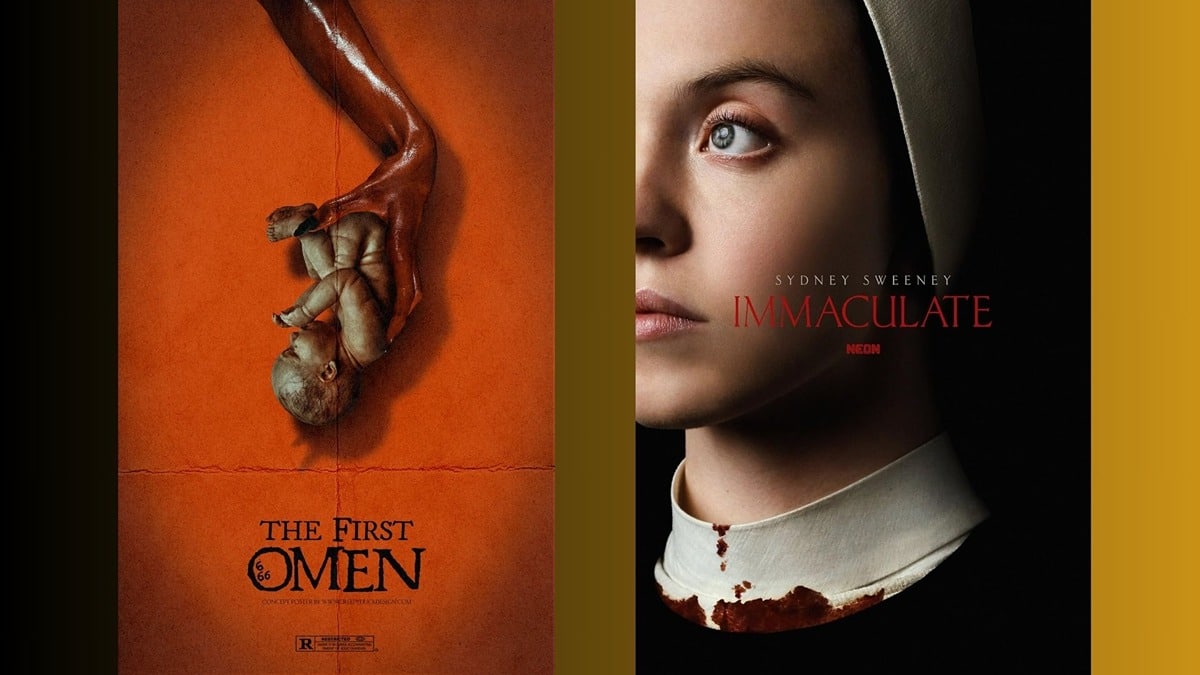




Hobb’s End: Quatermass and the Pit
Comments are closed.